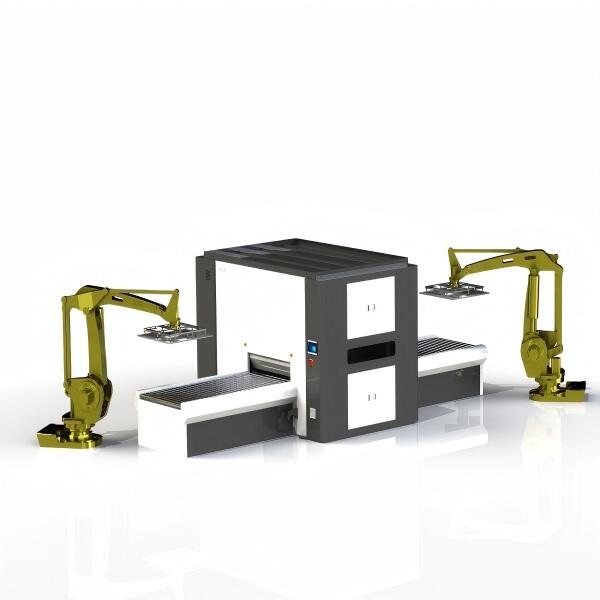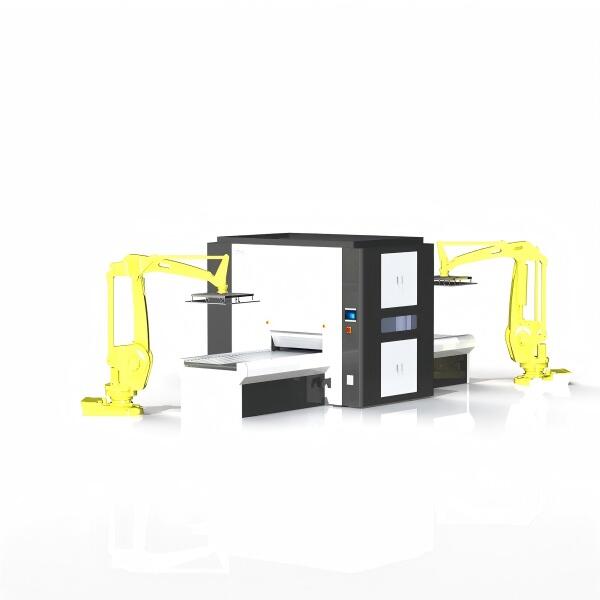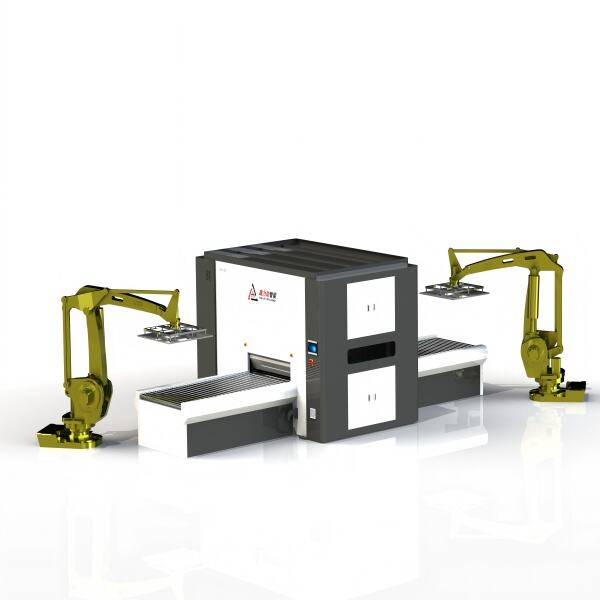arten von Dickenplattenausgleichsmaschinen
Walzgleichungsmaschinen für dicke Platten sind hochentwickelte Industrieausrüstungen, die darauf abzielen, Verformungen zu beseitigen und die Flachheit von Metallplatten sicherzustellen. Diese Maschinen verwenden fortschrittliche Rollensysteme, die kontrollierten Druck auf Platten anwenden, deren Dicke zwischen 6 mm und 60 mm liegt. Die wichtigsten Typen umfassen Multirolland-Gleichgeräte, die oben und unten präzise angeordnete Rollen aufweisen, sowie Zugspann-Gleichmaschinen, die Spannung und Kompression kombinieren, um optimale Flachheit zu erreichen. Moderne Gleichungsmaschinen für dicke Platten integrieren computergesteuerte Systeme, die automatisch Rollenpositionen und -druck basierend auf Materialspezifikationen anpassen. Sie zeichnen sich durch ihre Fähigkeit aus, verschiedene Materialien wie Kohlenstoffstahl, Edelstahl und Aluminiumplatten zu verarbeiten, was sie in Branchen wie Schiffbau, Bauwesen und Herstellung schwerer Maschinen unerlässlich macht. Die Maschinen nutzen innovative Gleichtechnologie, die sowohl Eingangs- als auch Ausgangsgeradeausrichtungseinheiten kombiniert, um überlegene Flachheitstoleranzen zu erreichen. Zusätzliche Funktionen umfassen oft automatische Dickenmesssysteme, digitale Anzeigen für die Echtzeitüberwachung und programmierbares Speichermodul für unterschiedliche Materialspezifikationen.


